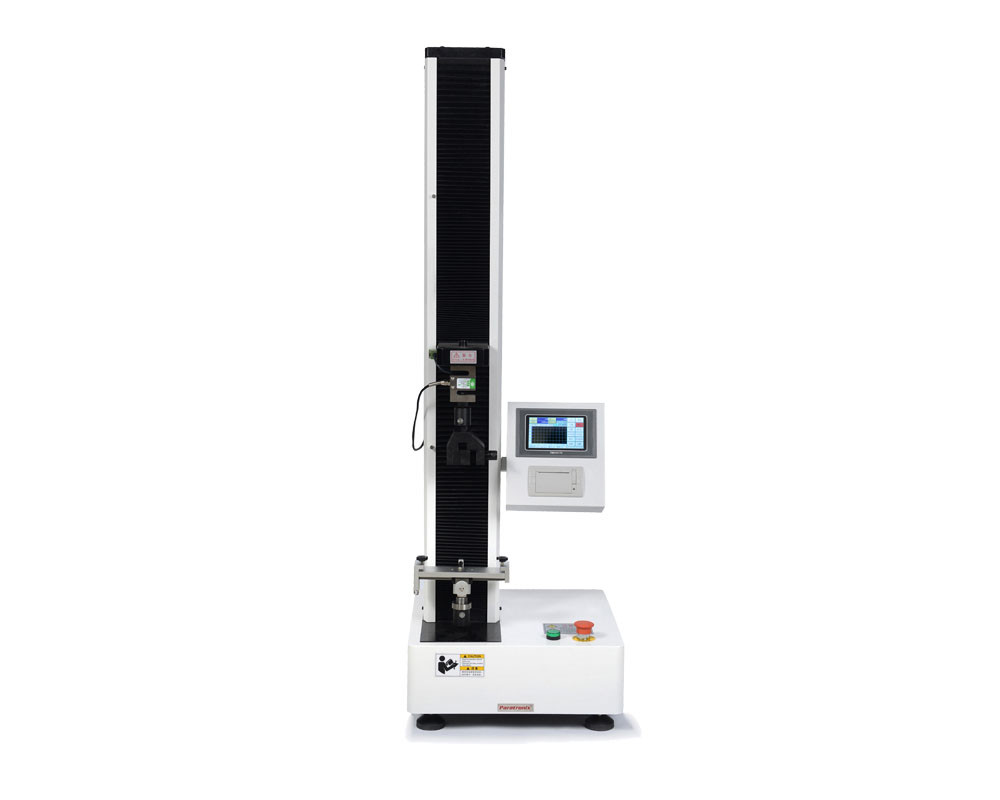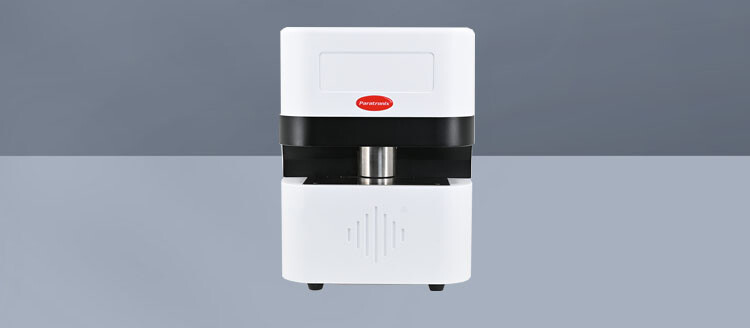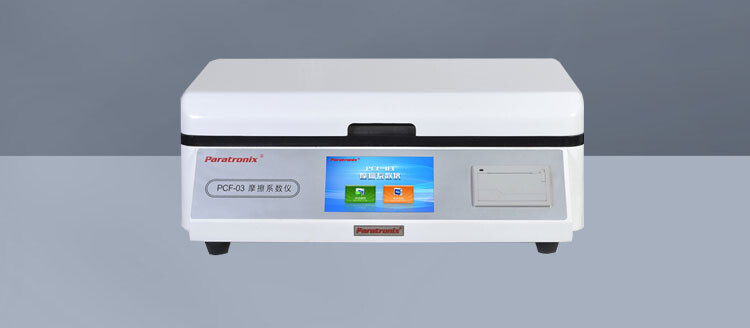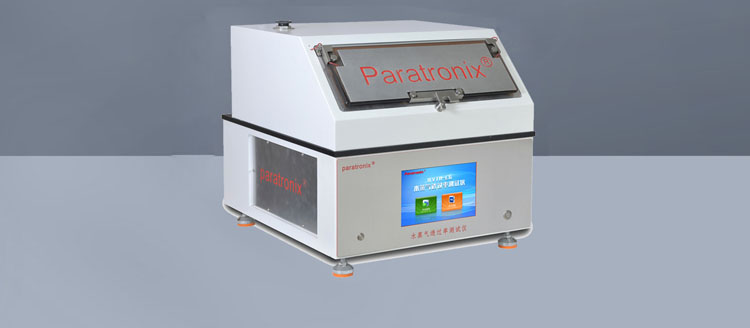Recent Posts
 Aluminum plastic composite cover opening force testing plan2025-10-28
Aluminum plastic composite cover opening force testing plan2025-10-28 What are the raw materials for lithium batteries?2025-10-27
What are the raw materials for lithium batteries?2025-10-27 Introduction to the testing method for heat sealing strength of food packaging bags2025-10-15
Introduction to the testing method for heat sealing strength of food packaging bags2025-10-15 Friction coefficient test of plastic composite film for biscuit packaging PCF-032025-10-11
Friction coefficient test of plastic composite film for biscuit packaging PCF-032025-10-11 Introduction to Testing Projects for Medical Infusion Bags2025-10-10
Introduction to Testing Projects for Medical Infusion Bags2025-10-10
Plaster is directly applied to the human skin, and it needs to adhere to a certain part of the body for a long time during use. After a period of use, the plaster should be replaced promptly according to the doctor's requirements in order to better restore the affected area. If the viscosity is too high, it will increase the cost of the enterprise and sometimes damage the skin. If the viscosity is too low, it is easy to peel off. Therefore, the country has specific requirements for the peel strength of plasters, and manufacturers are also very concerned about this performance. So, how to test the peel strength of the plaster?
Testing instrument: ETT-A Multipurpose Tester

According to the pharmacopoeia, the 180 ° peel strength test is used for determination. The Paratronix 180 ° peel testing machine is suitable for quantitative testing of mechanical indicators such as peel, tension, modulus, tear, strength, puncture, compression, and sliding of adhesives, adhesive tapes, stickers, medical patches, protective films, release papers, composite films, films, paper, and other related products.
Firstly, fix the backing of the plaster onto the test board with double-sided tape. If necessary, use tape to fix the sample along the edges on both sides, so that the sample is flat and adheres to the board. Place the clean polyester film flat on the upper side of the adhesive surface of the sample, and use a 2000g pressure roller to roll it upwards on the prepared sample for 3 times to ensure that there are no bubbles at the bonding site. After pasting the test sample, it should be left for 20 to 40 minutes before conducting the test.
Then fold the free end of the polyester film in half (180 °), and clamp the free end of the film and the test plate up and down on the testing machine, respectively. Be sure to ensure that the peeling surface is consistent with the testing machine line, set the test speed to 300mm/min ± 10mm/min, start the test, and calculate the peeling strength, usually in KN/m or N/mm.
Preparation work before the experiment:
① Clean the test plate: Use a wiping cloth dipped in wiping agent to scrub the test plate, and then carefully dry it with clean gauze. Repeat the operation several times until the working surface of the test plate is clean. After wiping clean, do not touch the working surface of the board with your hands or other objects.
② Sampling and sample preparation: Take clean plaster with a thickness of 200mm or more, and the adhesive surface of the plaster should not come into contact with tentacles or other substances. And bond the plaster to the cleaned test board.
Leave A Reply
Search by Keywords




